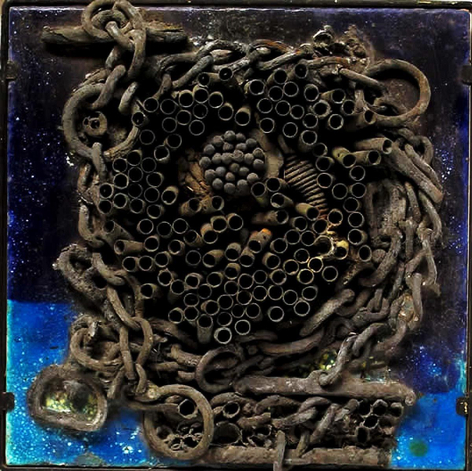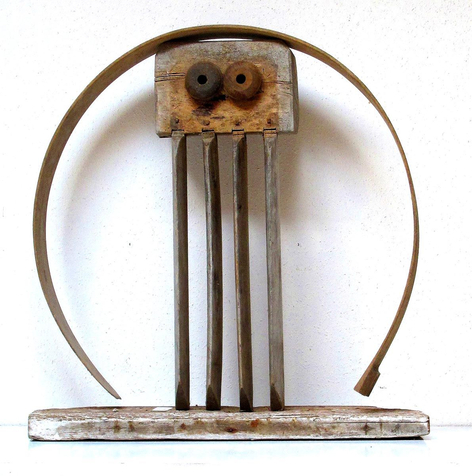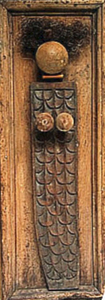- Home
- Works in Exhibitions
- Fridel Dethleffs-Edelmann
- Ursula Dethleffs
- Treasures from the Collection
- Collection of art
- Watercolor
- Tapestry
- Collage
- Gouache
- Reverse glass painting
- Glass church window
- Glass Mosaic
- Ceramic Plate
- Ceramic Picture
- Ceramic Relief
- Ceramic Sculpture
- Mixed media
- Object Art Relief
- Object Art Sculpture
- Oil Paintings
- Repro Lithography
- Repro Glass Lithography
- Repro Woodcut
- Repro Linocut
- Repro Monotype Printing
- Repro Etching
- Tempera
- Drawing Brush
- Drawing Brush Repro
- Drawing Ink and Pen
- Drawing Crayon
- Drawing pencil and crayon
- Exhibition by Period
- FDE: Selfportraits
- Introduction to the work of Ursula Dethleffs
- The collage as a total artwork
- Biography
- Dethleffs Gallery
einzigartig
Fridel Dethleffs-Edelmann
Ursula Dethleffs
Fridel Dethleffs-Edelmann
Ursula Dethleffs


The collage – as synthesis of the art
The collage as current form of expression was one of the most important techniques for Ursula Dethleffs. Almost no other artist interpreted the collage so manifoldly.
Already since her very early youth she behaved "ecologically" without being aware of it. She collected everything old, like textiles, laces, posaments etc. from relatives, friends and aquaintances.
Today, we speak of ecology. Around 1945 the Dethleffs family called this just thriftiness. Isny is located in Swabia, this is why the ecological thriftiness was only one of the widely spread secondary virtues – also with Ursula Dethleffs.
Due to this thriftiness the access to the collage was almost self-evident: Thoughout her life she collected the old and transient in and around Isny, Europe and on other continents.
The more she recognised its beauty while it was despised and ignored by others, the more she was hurt when she was mocked as "Schrottursel" ("Scrap Ursel") at her artistic height in her hometown. Yet this was not meant badly: Those throwing away things, must not understand that an artist can turn the apparently worthless into something of value.
At first, the textile remnants were glued into the textile images by Ursula Dethleffs. Then paper collages made of "waste paper" were created. Later, with the ceramic material images she worked with stone, clay pieces and "scrap metal".. At the end of her work – with the object art – she turned waste wood, scrap metal etc. into reliefs and sculptures.
Examples for the comprehensive collage works of Ursula Dethleffs
Very early textile image: Fairy Bird
Children's drawing of the 11 year old Ursula. It shows the connection of th her reverse glass paintings to the textile collage. In the beginning, she still glews the cut out textile pieces on the carrier material. it is covered with the delicately painted plate of old glass.

Early textile collage: The Girl by the Window
as pure textile collage. The richness in diverse flowers unter the sparse glazing bars of the windwo. The coloured dress of the girl connects both. Only the embedding of the image in the frame reminds of her early reverse glass paintings.
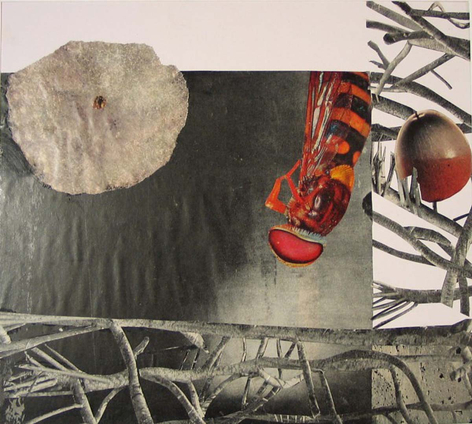
Early paper collage: Return Home from Work
One of the most early paper collages by Ursula Dethleffs. Her filigree work coressponds to the character of bees. The bees also correspond to the artist's diligence. With its lightness, the collage reminds of Asian art.
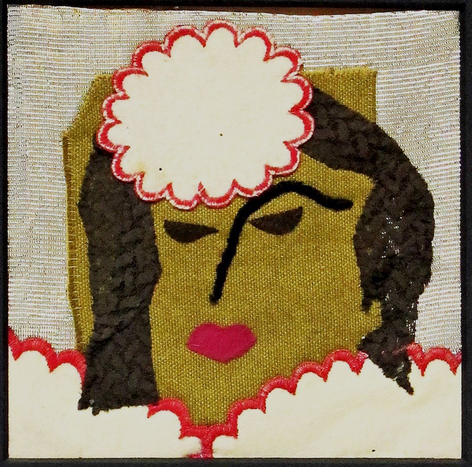
Textile collage: Geisha with Lotus Flower
Flat textile collage with a strong expressivenes. The volume of different textiles condenses to a relief. Ursula Dethleffs refers to the spartan design of the Asian art: colour and form are minimalised.
Women images textile collage: Scarlett
This textile collage absolutely corresponds to the Bavarian Baroque, Ursula Dethleffs dealt with in Upper Swabia. Magnificent fabrics, that are energetically processed, are further underlined through its colours and differentiated volumes.
Ceramic material image – Relief : Embracing
Collage with metal parts as ceramic relief. Tightly standing bodies in harmonious order – bordered by the protecting chain. It reminds of the roundness of the globe. The sparing use of the colours light and dark blue – they express the endless vastness of the world.
Object art – wooden sculpture: Mother Earth
Collage with objects from wood and metal. Here a sculpture made of the round of a flour sieve. In its centre the safe stability is symbolised. Above rest the big eyes of the face, that see everything and prevent in time, that the inhabitants of the earth are not harmed.


